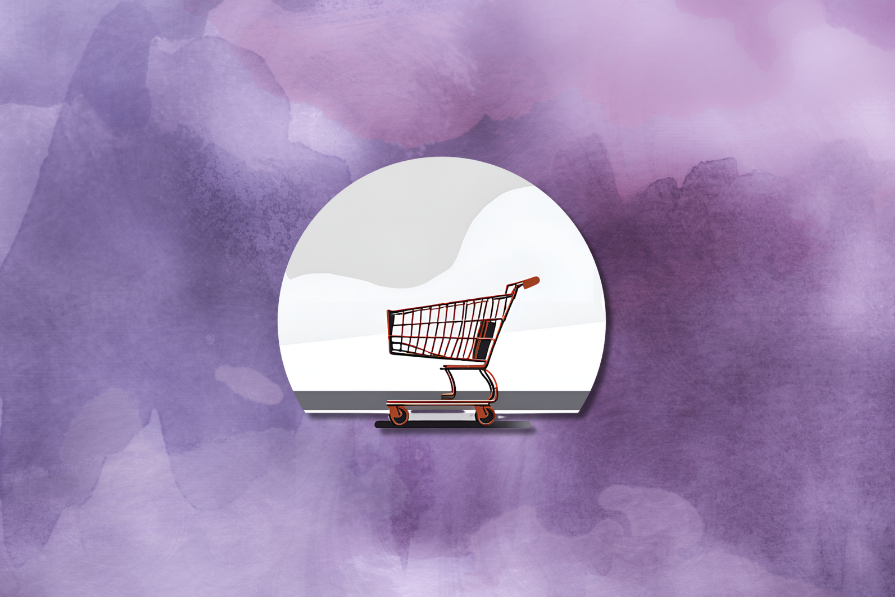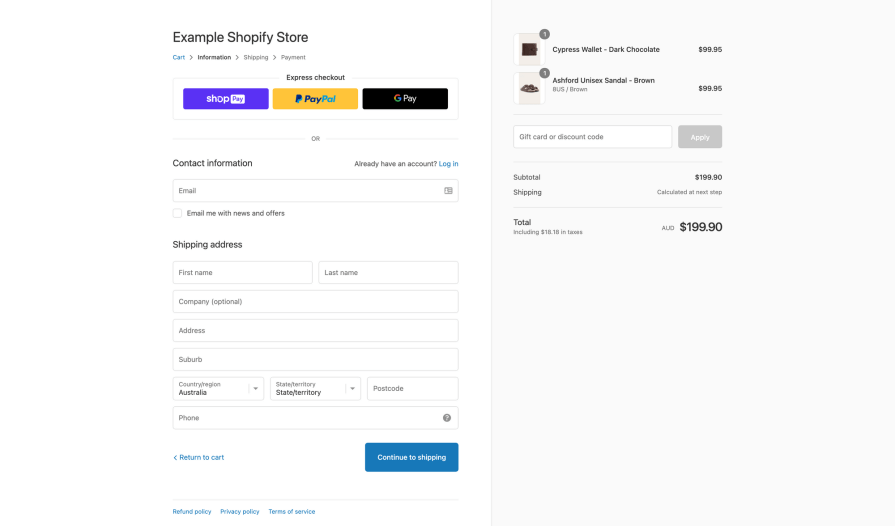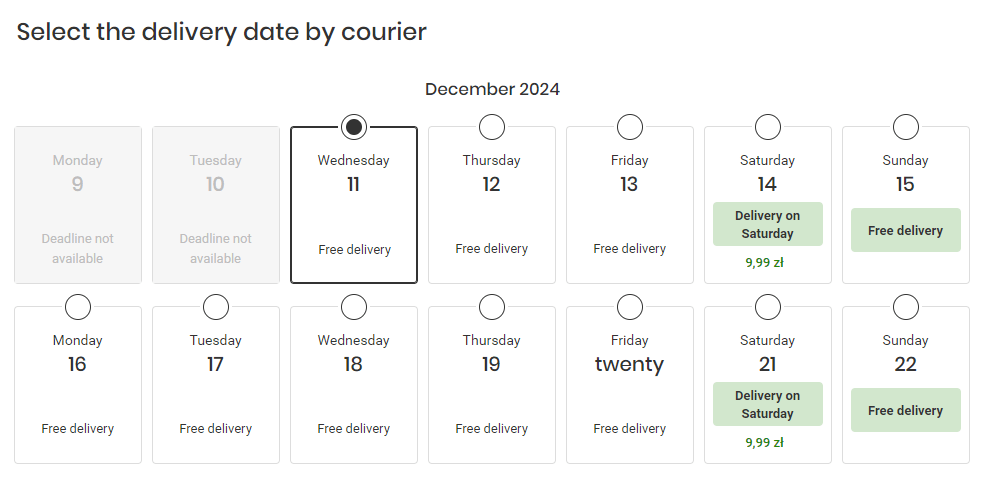There is a big difference between the number of people who add items to the digital cart and the number who actually complete the purchase. And the difference between the two is what we call the “cart abandonment rate.”

On average, seven out of ten customers abandon their carts before completing a purchase. Clearly, cart abandonment UX is a massive red area of optimization for online businesses.
A high abandonment rate signals potential issues in your sales funnel. And as much as you may want to blame external factors, the design of your checkout process and your cart abandonment UX plays a massive role in whether or not customers complete their purchases.
In this blog, I explore how good UX design can help businesses lower the cart abandonment rate, leading to higher revenue and CLV.
There’s no single rule on how long the checkout process should be. It should depend on the price of the product itself.
For lower-priced products (e.g., $10 items), a quick, seamless checkout that immediately asks for payment information can work well.
However, for higher-priced items, such as luxury cars or high-end computers, your checkout process should be longer, with more emphasis on reassurance and trust signals. Here, your UX should focus on adding more reassurances and objection handlers during the sales flow. This way, buyers will be more confident before parting with their money.
Whether you have a quick checkout for cheap products or a robust sales funnel for luxurious items, focus on simplicity. Cut down the cognitive load on your users.
Customers want to complete their purchases quickly without jumping through too many hoops. So, focus on minimizing steps and reducing distractions by:
If shoppers can understand exactly what they need to do at every step and how far they are from completing the purchase, your UX design will pay off with steep sales rates.
People come to you for the product they want, not to start a relationship. No one likes being forced to create an account just to make a purchase. It’s a common pain point for many online shoppers.
Let your users check out as guests without the requirement to sign up. It’s the new standard.
While building a customer database is important, forcing a user to register before completing a purchase can turn them off.
But if creating an account is critical for post-purchase services (like tracking or loyalty points), prompt them to register after the transaction. Offering to sign up using a social media profile is the new normal, too.
In our minds, physical magnitude is related to numerical magnitude. In fact, research from Clark University and The University of Connecticut discovered that prices written in small fonts are perceived as cheaper than those written in big fonts.
Yet many products still show the price in overly large fonts. Why scare your customers? Tone it down.
I’m not asking you to shrink your prices to an unreadable font size, but please don’t use oversized fonts, either.
Subtle adjustments in the visual hierarchy of your UX can make a big difference in how customers perceive the price. Let the user’s focus be on the value of the product rather than the price tag.
Stop creating big coupon fields in your checkout flow.
Don’t grill me just yet.
Coupon fields should be present. But not front and center. They should be slightly difficult to notice.
The goal here isn’t to stop people from inserting the coupon codes they have. It’s about not distracting the people who don’t have one — and avoiding those cart abandonments.
You want to avoid a situation when someone who doesn’t have a coupon sees a big flashy “Enter your discount here.” It makes people feel less special — “Oh, so other people have a discount, but I don’t?” Some will go to Google to search for a coupon, which is a great way to get distracted and forget about the purchase.
Others might wait with the purchase, hoping to get a promo code soon. But the longer they wait, the higher the chance they’ll buy an alternative or forget altogether.
Big coupon fields help neither you nor these customers.
On the other hand, if someone has a coupon, they’ll spend an extra few seconds scanning the page for the smaller “Enter gift code” button. There’s no need to make it flashy.

It’s those small — and, at first glance, irrelevant changes — that add up and make or break the funnels. So, keep the idea of task prioritization close when working on your next design.
If customers are unsure about your website’s credibility, they won’t proceed with the transaction. A trustworthy UX design includes clear credibility signals such as security badges (SSL encryption), customer reviews, and social proof throughout the checkout flow.
When users see authentic testimonials, security guarantees, or recognizable payment options, they are more likely to complete their purchase.
Place credibility signals strategically, such as near the payment section, to reassure users that their information will be safe.
The more delivery options you offer, the better.
Pickup options from dropoff points and lockers are increasingly popular, so make sure you support these.
But also be flexible with delivery dates. Some customers need their items quickly, while others are willing to wait a little longer for a lower price.
Let people specify the exact day they want the items to be delivered.

If someone wants to buy a new item and have it next week, let them buy it now rather than forcing them to wait until the day before the desired delivery date to finish the transaction. This small gesture increases the feeling of control and can boost conversions.
It’s easy for users to forget about items in their cart, especially if they’ve been browsing for a while.
There are two visual cues you can use to remind people about an item in the cart:
If a person leaves the site with an item in the cart, it doesn’t have to be the end of the user journey. Bring in exit-intent strategies to your design.
If you have the user’s email address, send a friendly reminder about the items they left behind. A simple, timely email can bring them back to complete the purchase.
If email isn’t an option, consider using retargeting ads to remind users of their abandoned carts.
The hardest part of any purchase is the payment.
With Buy Now, Pay Later (BNPL) options, customers can enjoy the experience of making a purchase without worrying about paying upfront. This has become a popular payment method, especially among younger consumers.
Offering BNPL options, like Klarna or Afterpay, gives users a sense of flexibility and can increase conversion rates by removing financial friction.
Just ensure that the BNPL options are prominently displayed, so customers know their options.
The cart abandonment rate itself is a very high-level and hardly actionable metric. To get more detailed insight, you should add the following metrics to your analytics stack:
There’s a big difference between a dropout right after adding an item to the cart and a dropout on the very last step.
Track where users drop off in the checkout process. If a particular step shows a high abandonment rate, you’ll know where to focus your efforts.
Form analytics can be very revealing.
By understanding things like what fill errors users get, at which field they drop out, and which fields take the most time to fill, you’ll be able to optimize the checkout process further.
There’s only so much that data can reveal.
Sometimes, the best source of insight is to grab a coffee and spend an hour or two watching recordings of users interacting with your website. Watching real-time user session replays can provide invaluable insight into how users interact with your checkout flow. You can then understand actual user behavior and optimize accordingly.
Reducing cart abandonment is a continuous process, but with thoughtful checkout page UX design, you can significantly improve your conversion rates. Here’s a recap:
Once you have these cart abandonment UX elements in place, track the conversion rate of each step and use analytics to see if the changes you implement have a positive impact.
If you can’t stop a clear issue from analytics themselves, start recording user sessions. You’ll find a lot of inspiration there.
LogRocket's Galileo AI watches sessions and understands user feedback for you, automating the most time-intensive parts of your job and giving you more time to focus on great design.
See how design choices, interactions, and issues affect your users — get a demo of LogRocket today.

Small actions can have large consequences in complex systems. Here’s how UX designers can manage dependencies so users feel informed and in control rather than blocked or blindsided.

This article examines when hero sections are necessary in digital products, when they create friction, and how to evaluate them using UX goals, primary actions, user flow impact, and real-world alternatives.

AI speeds up tasks like research synthesis, ideation, and first-draft wireframes, but it can’t replace clarity, taste, or decision-making. Here’s a grounded look at what AI actually does well in UX right now.

Discover how to craft UX-friendly hero sections with examples, design tips, and strategies that drive engagement and conversion.